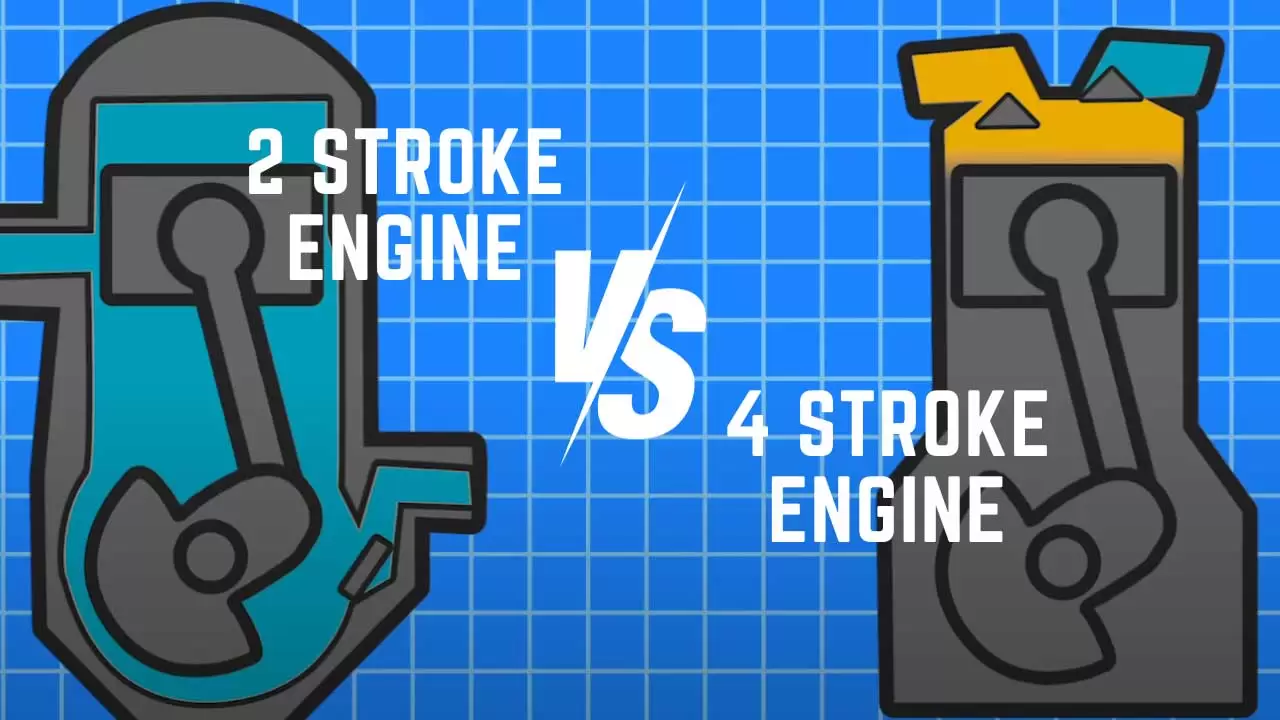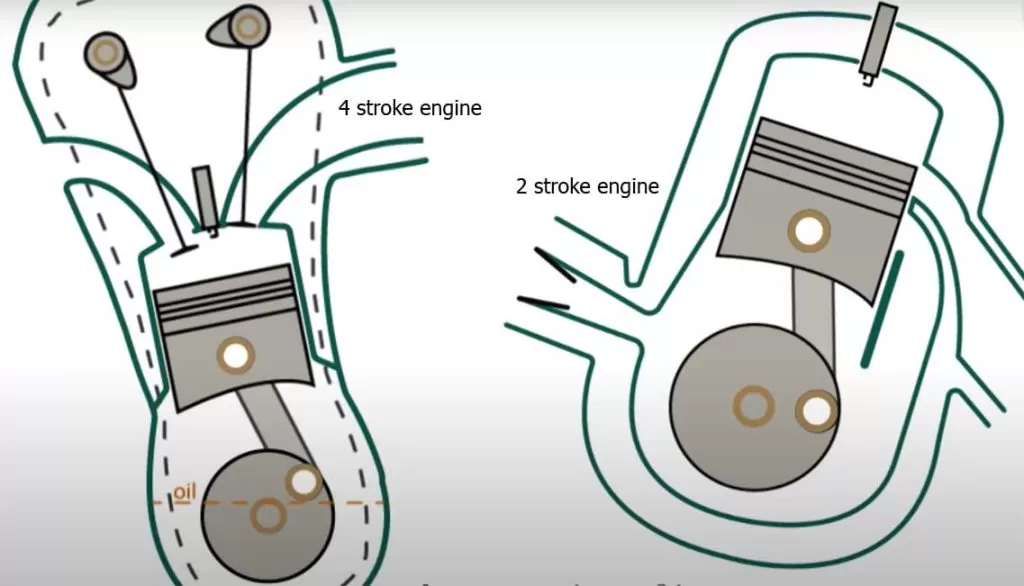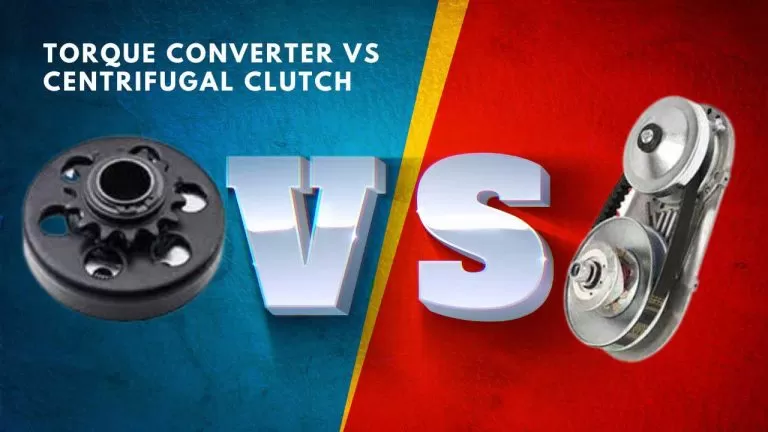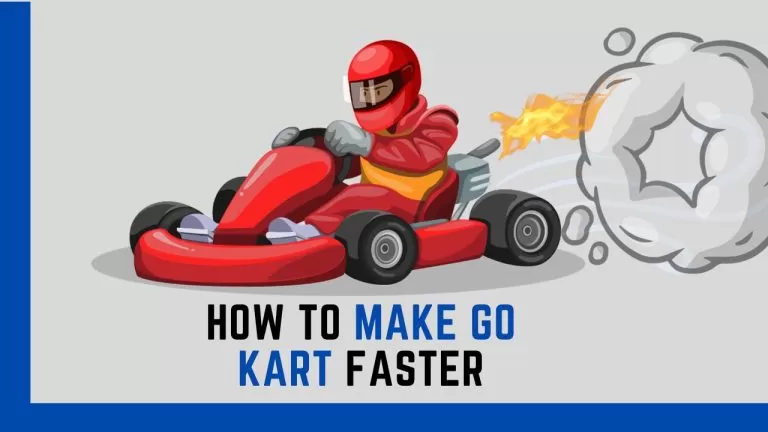Difference Between 2-Stroke and 4-Stroke Kart Engines
You may have heard about kart engines many times, but did you ever know about 2-stroke and 4-stroke kart engines? Over the years, 2-strokes and 4-strokes have been the most popular gasoline-powered combustion engines in the automotive industry. Before going to these engines, you should know the basics to understand them well.

In the combustion cycle of an engine, the piston moves within the cylinder. The piston movement from TDC to BDC, “Top dead centre” (the closest piston position from the valves within the cylinder) and “bottom dead centre” or BDC (the furthest piston from the valves within the cylinder) create a stroke.
The entire process of gas and air being drawn into the piston, ignited, and expelled as exhaust is known as a combustion revolution or cycle. This combustion cycling process differentiates 2-stroke and 4-stroke engines. How?
The occurring speed of the combustion cycle process: how many times the piston moves up and down throughout each cycle. And this is the major difference between 2-strokes and 4-strokes. Now let’s come to learn about the 2-stroke kart engines and 4-stroke kart engines;
What is a 2-Stroke Kart Engine?
The 2-stroke engine completed the entire combustion cycle with just one piston stroke. The ignition of the compressed fuel causes this compression stroke. When the stroke returns, the exhaust is released, and a fresh fuel mixture comes to the cylinder. The spark plugs ignite once per revolution, producing power every two piston strokes. Additionally, 2-stroke engines need the pre-mixing of oil with the fuel.
What is a 4-Stroke Kart Engine?
A 4-stroke engine completes 2-strokes in each revolution: compression and exhaust strokes, followed by return strokes. The spark plugs only fire once every other revolution, producing power every 4-strokes. Unlike 2-stroke engines, 4-stroke engines have a separate compartment for oil and thus don’t need fuel and oil pre-mixing.
Comparison Table – 2-stroke Vs 4 Stroke Kart Engines
| Kart Engine | Best for | Speed | Pre-mixing of oil and fuel | Weight | Prices | Maintenance |
| 2-stroke | Racing | Fast | Yes | Lightweight | Affordable | Easy |
| 4 Stroke | Rental | Lower than 2-stroke | No | Heavier | Expensive | Complicated |

Key Differences Between 2-Stroke and 4-stroke Kart Engines
- 2-stroke kart engines are lightweight; on the other hand, 4-stroke engines are heavier.
- 2-stroke engines are of fast acceleration, while 4-strokes are of lower than 2.
- 2-stroke engines are primarily used in sprint karting, but 4-stroke engines are more friendly in endurance karting because of their fuel efficiency.
- 2-stroke kart engines are affordable; however, 4-stroke kart engines are expensive because of their more parts.
Significant Differences of 2-stroke vs. 4-stroke
- Working
Because of their lightweight characteristics, 2-stroke engines are widely found on lawnmowers, weed-whackers, and toy planes. Now you may be thinking, what makes these engines lightweight? It’s the selection of specific parts. Here, you will see a lack of extra parts; only 2-strokes perform all tasks.
During one stroke, the gas within the cylinder is compressed and ignited while fuel and air are drawn into the crankcase. In the next stroke, waste gasses are expelled while more fuel and air are drawn in for the next stroke.
On the other hand, a 4-stroke engine needs four strokes. To complete the combustion process, the crankshaft needs to rotate twice. As a result, the spark plugs fire once every other revolution. Power will be created every fourth stroke of the piston. It follows the four-step combustion process.
- Speed
In terms of speed, 2-stroke kart engines are better than 4-strokes. This is due to their lightweight engine and the kart’s power output.
Moreover, the production of higher power also makes 2-stroke engines faster. For example, a 4-stroke engine generates approximately nine horsepower, while a two-stroke Rotax engine can produce up to 32 horsepower. In cornering, 2-stroke karts display greater agility and skill, which gives them more edge over 4-stroke.
- Productivity
In productivity concerns, 4-stroke engines stand at the top. It only requires fuel intake once every four strokes. This leads to lower fuel consumption, allowing the engine to operate longer.
- Durability
2-stroke engines can quickly wear and break than 4-stroke engines. That’s why, for longer races, 4-stroke engines are preferable; they can spend more time on roads than 2-stroke. Although 4-strokes are more complicated to maintain, they are more reliable and long-lasting.
- Power
The 2-stroke engine is more powerful than the 4-stroke engine in raw power output. It combusts more frequently, delivering more frequent and responsive production.
- Maintenance
Besides, 4-stroke engines are more difficult to manage from a maintenance perspective. It is because they have more parts, which means more things to manage in any problem. While 2-strokes have fewer parts, they are easy to manage.
- Environmental friendly
4-stroke engines are more environmentally friendly than 2-stroke engines because they do not mix oil with fuel. Moreover, 4-strokes are less noisy than the 2-strokes.
Which Kart Engine is Better? 2-stroke or 4-stroke: My Review
No doubt both engines are efficient in their extraordinary performance. However, my vote is for a 4-stroke engine. There are many reasons to love this; the most important is its reliability. Besides, I’m not a racer but a hobbyist; thus, 4-stroke engines are preferable. I favour this because of my preference; your preference may depend on your selection. You may love 2-stroke as it is best for racing competitions and cheaper than 4-stroke.
Conclusion
Both 2-stroke and 4-stroke engines are important in their aspects; however, both also have key differences. Mechanically, 2-stroke engines complete a full combustion cycle every 2-strokes. Meanwhile, the 4-stroke engine requires two full rotations of the crankshaft or 4-strokes to complete the same combustion cycle.
Regarding kart engines, 2-stroke engines are preferred for racing classes due to their superior performance. However, for rental karts and hobbyists who prioritize durability, the 4-stroke engine is the preferred choice due to its reliability.

I am Michael Neilson, and my journey with go karts began in my boyhood. Over the years, I’ve amassed a wealth of experience in the world of go karts, distinguishing between the exceptional and the subpar. My profound understanding of go karting equips me to guide enthusiasts to a firmer grasp of the sport, enabling them to elevate their performance to unprecedented heights. Whether it’s for leisurely fun or competitive tournaments, I am dedicated to assisting my audience in achieving their utmost potential in the realm of go karting.






